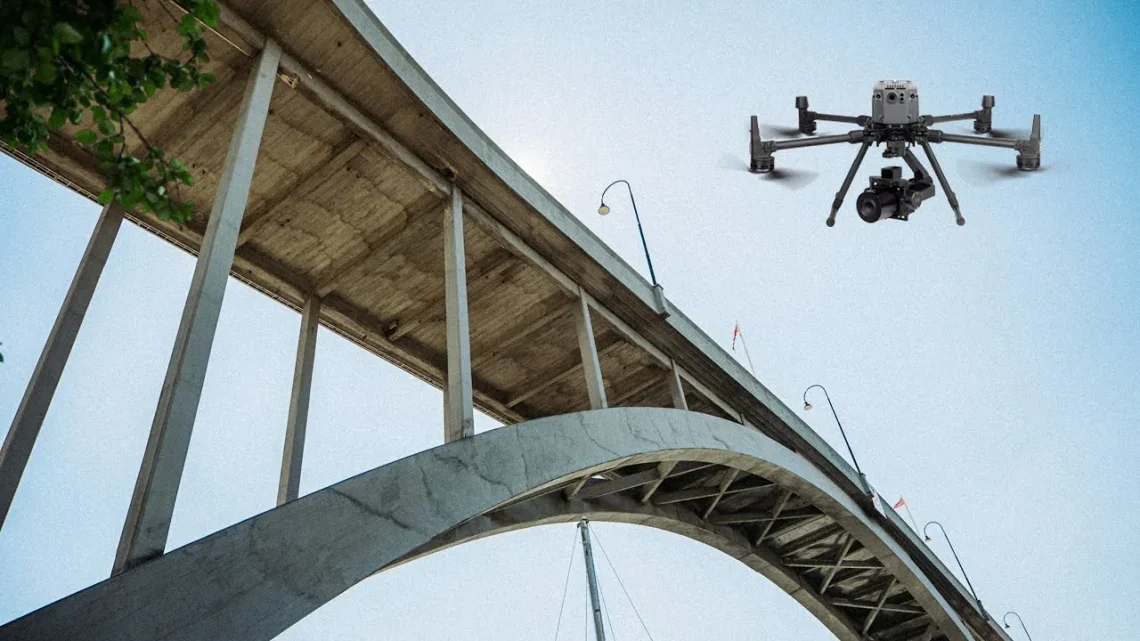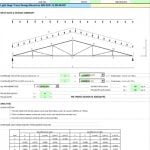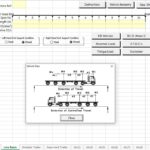
How AI is Revolutionizing Bridge Construction: Innovations and Applications
2 January 2025How AI is Revolutionizing Bridge Construction: Innovations and Applications
Discover how AI is transforming bridge construction. Learn about its applications in design, monitoring, safety, and efficiency, and how it’s shaping the future of infrastructure.
The Role of AI in Modern Bridge Construction
Artificial Intelligence (AI) is no longer just a buzzword—it’s a powerful tool reshaping industries, including construction. In bridge construction, AI is driving innovation by improving design accuracy, enhancing safety, and optimizing project management. From planning to maintenance, AI is making bridges smarter, safer, and more sustainable.
Applications of AI in Bridge Construction
Here’s how AI is being used at every stage of bridge construction:
- Design and Planning:
- Generative Design: AI algorithms generate multiple design options based on project requirements, optimizing for cost, materials, and structural integrity.
- Simulation and Testing: AI-powered simulations predict how bridges will perform under different conditions, reducing the risk of failures.
- Construction Management:
- Project Scheduling: AI optimizes timelines by analyzing factors like weather, resource availability, and workforce efficiency.
- Resource Allocation: AI ensures materials and equipment are used efficiently, reducing waste and costs.
- Quality Control and Safety:
- Defect Detection: AI-powered drones and cameras inspect construction sites, identifying defects or safety hazards in real time.
- Worker Safety: Wearable devices with AI monitor workers’ health and alert supervisors to potential risks.
- Structural Health Monitoring:
- Sensor Networks: AI analyzes data from sensors embedded in bridges to detect signs of wear, cracks, or other issues.
- Predictive Maintenance: AI predicts when maintenance is needed, preventing costly repairs and extending the bridge’s lifespan.
- Environmental Impact:
- Sustainability Optimization: AI helps design eco-friendly bridges by minimizing material use and carbon footprint.
- Disaster Resilience: AI models assess how bridges can withstand natural disasters like earthquakes or floods.
Benefits of Using AI in Bridge Construction
- Improved Accuracy: AI reduces human error in design and construction.
- Cost Efficiency: Optimized resource use and predictive maintenance save money.
- Enhanced Safety: Real-time monitoring and hazard detection protect workers and structures.
- Faster Project Completion: AI streamlines processes, reducing construction timelines.
- Sustainability: AI promotes eco-friendly practices and materials.
Real-World Examples of AI in Bridge Construction
- Smart Bridges in Europe:
- AI-powered sensors monitor bridges in real time, providing data on structural health and traffic loads.
- Generative Design in the US:
- Engineers use AI to create innovative bridge designs that are both cost-effective and structurally sound.
- AI Drones in Asia:
- Drones equipped with AI inspect bridges in hard-to-reach areas, ensuring safety and quality.
Challenges and Future of AI in Bridge Construction
While AI offers numerous benefits, it also faces challenges:
- High Initial Costs: Implementing AI systems can be expensive.
- Data Privacy: Handling sensitive project data requires robust security measures.
- Skill Gap: Workers need training to use AI tools effectively.
However, the future of AI in bridge construction is bright. As technology advances, AI will become more accessible, affordable, and integrated into every aspect of construction.
How to Implement AI in Your Bridge Projects
Ready to leverage AI for bridge construction? Here’s how to get started:
- Invest in AI Tools: Explore software and hardware solutions tailored for construction.
- Train Your Team: Provide training to ensure your workforce can use AI effectively.
- Collaborate with Experts: Partner with AI specialists to integrate technology into your projects.
- Start Small: Begin with pilot projects to test AI applications before scaling up.








